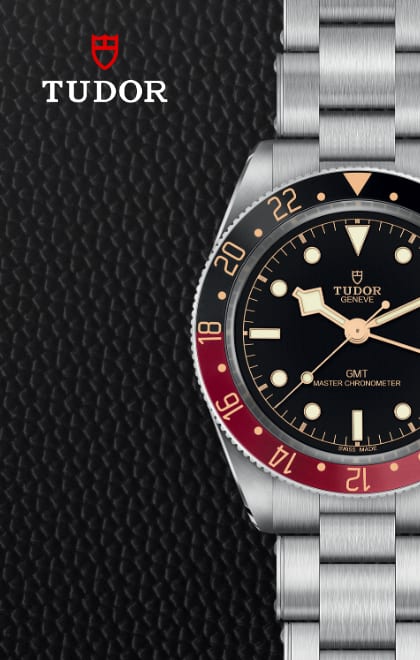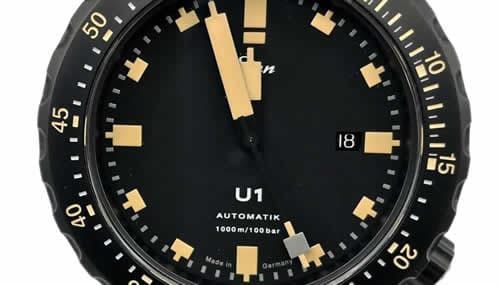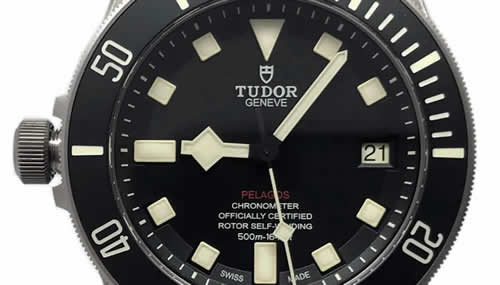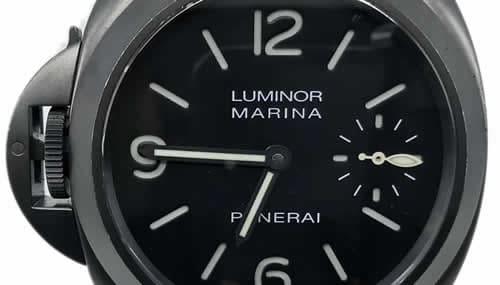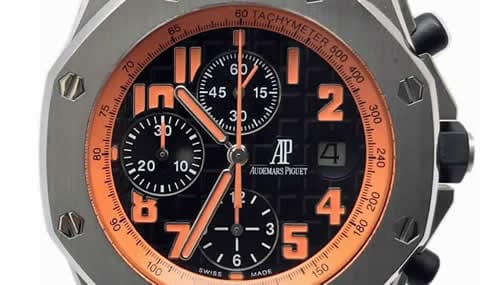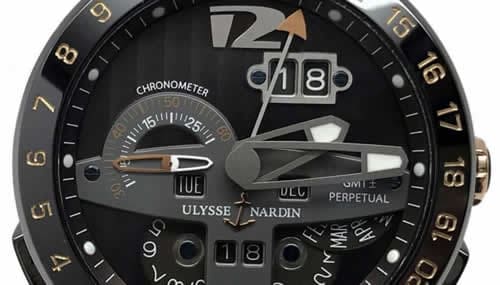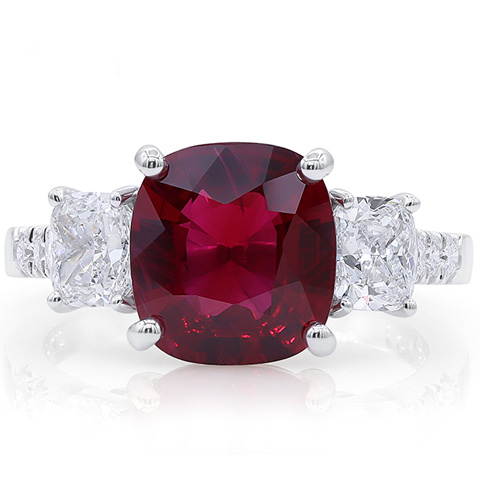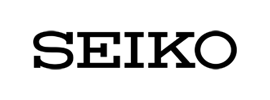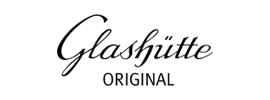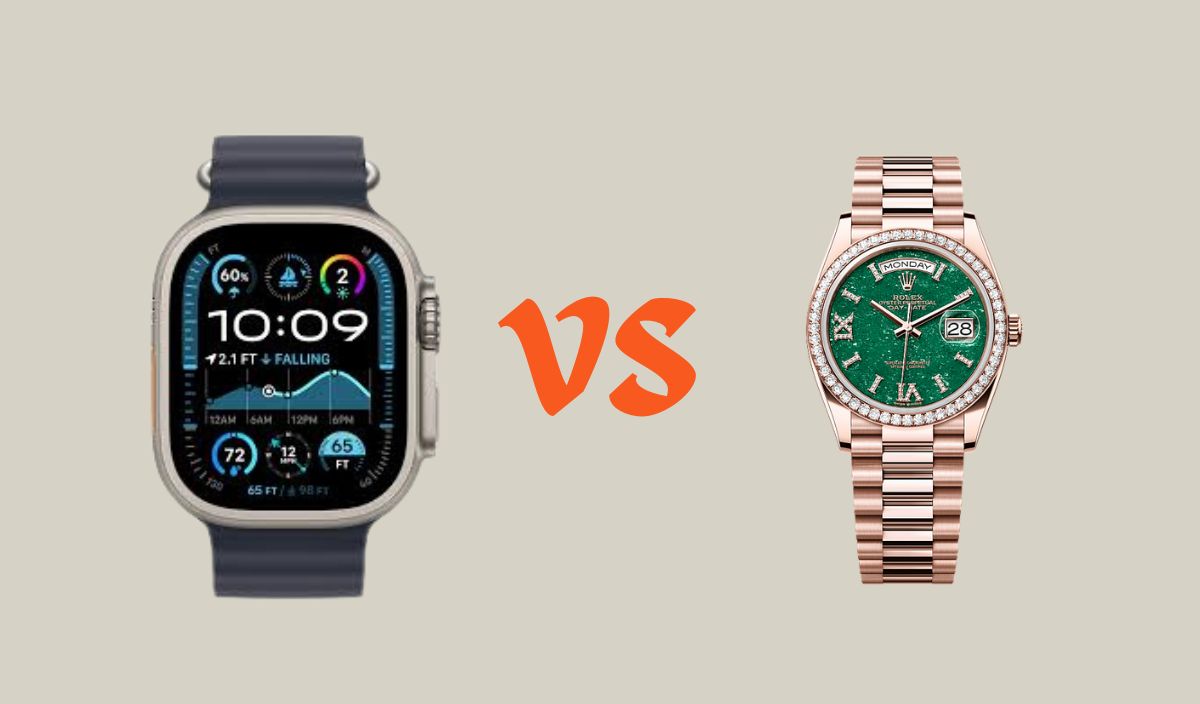
Apple vs Rolex – Functionality Over Heritage?
Compare a watch that vibrates on your wrist to let you know you’ve met your steps goal for the day and your work meeting is about to commence in five minutes with a traditional analog watch that operates via a series of gear trains and wheels to keep accuracy and tell me they don’t both serve very different purposes in the modern world. A smartwatch like Apple and a traditional wristwatch like Rolex are worlds apart. Or are they?
As crazy as it may sound, there is an argument for a smartwatch and an argument for a mechanical timepiece. Although there will always be an element of Swiss snobbery when this debate crops up in conversation, there is no denying that smartwatches are the reluctant revolution none of us thought we needed.
In actual fact, Apple has forced many Swiss watch manufacturers down the digital route, and for some, it has really paid off. Lots of traditional watch companies have some sort of smartwatch offering. It makes sense when you think about society’s growing focus on fitness and health tracking.
Even though the technological feat of the smartwatch far outweighs the traditional watch on a functional level, there are still many reasons why your collection may call for a Rolex watch and an Apple watch at some point in your life. Indeed, smartwatches and traditional watches can co-exist in a collection, and there are no hard and fast rules to suggest you can only be pro and not the other.
But how do they compare when you put them side-by-side? Here’s a delve into the Apple vs Rolex debate and a comparison guide to their features and designs.
The Birth of the Crown
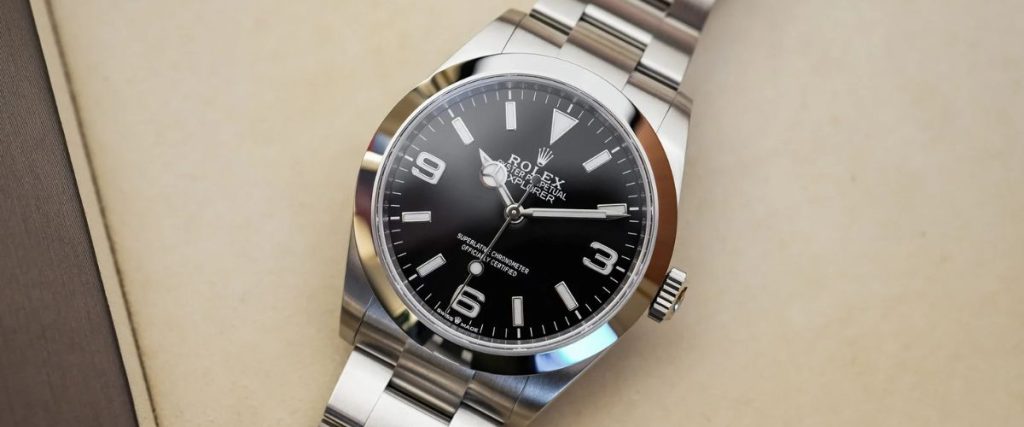
Rolex produces over 1 million watches per year. It remains the most recognizable brand in the entire world thanks to a fascinating heritage deeply rooted in independent manufacture and excellent craftsmanship, with a proven track record in iconic designs.
Founded in 1905, Rolex launched the Oyster case in 1926, forming the backbone for all other Rolex watches to follow. The hermetically sealed case was worn around the neck of famous Channel swimmer Mercedes Gleitze performing admirably underwater.
Rolex is recognized for models like the Datejust, which landed in the 1940s, followed by the GMT-Master, the Day-Date, and the Milgauss. However, two of the brand’s most iconic designs were the Submariner and the Datejust.
Both models are respected for their robust case constructions, legible dials, and unmistakable design. Today, Rolex continues to build on its most well-loved collections, upholding standards in quality and authenticity that remain unmatched across the industry.
The Advent of the Smartwatch
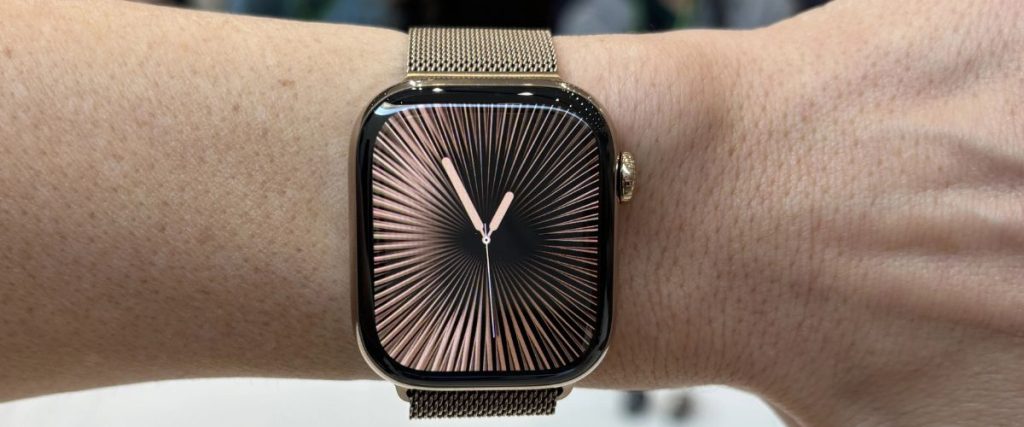
The Apple Watch first arrived in 2015, setting the foundations of the modern smartwatch as we know it now with the Series 0. The brand set the bar for a slim, compact, and practical device compared to the bulky devices already circulating the market.
Being the first of its kind, its slow performance certainly needed some attention, and by the time the Series 1 and 2 were launched, a dual processor had been developed to increase its speed by 50%. Reasonably priced at just under $300, it also introduced GMT functionality and a “Breathe” app,.
The Series 3, which followed, featured cellular connectivity, enabling the wearer to make and take calls using the watch alone.
The Series 4 brought more size options with it, as well as a chip for Bluetooth connectivity, while the Series 5, 6, and 7 introduced a new touchscreen, more colors, and faster charging capability, respectively. Apple currently holds the leading position in the smartwatch market, selling around 37 million units in 2023.
Rolex vs Apple Functionality
The Apple Watch has a lot more capabilities than a Rolex watch, that much can be agreed on. However, what appeals to you as a wearer all boils down to personal preference. If you’re the kind of person whowho likes a lot of exercise, Apple’s heart rate function and workout features will bring efficiency and intuition to your daily runs, hikes, or biking routes.
Apple experts design the many health and fitness tracking features to provide an all-encompassing, quick-accessing experience by which all elements complement one another in one single wrist-sized package.
More akin to a phone than a watch, the battery of an Apple Watch will need recharging, which can take some getting used to if you’re an automatic watch lover and never usually need to make a conscious effort to keep your timepiece ticking over.
This is where one of the Apple watch’s disadvantages becomes apparent. If your mechanical watch runs down at any point, there is the opportunity to wind that watch immediately and get it back on track. The Apple watch will, of course, take time to electronically charge back up before you can resume enjoying its features.
Nighttime functionality in the Apple watch is far superior to any Rolex watch. Apple watches benefit from a bright OLED screen, making time instantly clear and easy to reference.
However, Rolex uses luminescent material on all the essential dial features for nighttime legibility. As with all Super-LumiNova-type material, this will fade as the hours pass and is nowhere near as bright as the OLED screen of an Apple watch.
One advantage of the Apple watch over the Rolex watch is that it costs a lot less. Does a cheaper watch give you some subconscious flexibility to be less cautious and expose it to more environments? Possibly.
Rolex watches are undoubtedly some of the toughest in the world, but when you know that damaging one will likely cost the same amount as replacing an entire Apple watch, maybe you can get more out of the Apple Watch on a daily basis.
Apple Design vs Rolex Design
Being a smartwatch, the Apple watch has a suite of features, including a heart rate monitor, calorie counter, sleep tracker, and blood oxygen tracker. More specifically, using the watch’s ECG app, you can check for signs of atrial fibrillation with the Apple watch’s heart tracker feature and measure electrical signals across your heart.
You can also create sleep schedules, review your sleep history, and track sleep apnoea on the Apple watch, as well as display an overnight view of your health metrics on demand.
Tracking social media updates and receiving messages is also super easy with an Apple watch. You can also use voice dictation or the Scribble feature to write messages while you’re on the go, as well as stay on track of activity reminders and appointments without needing a physical planner.
It’s also worth noting that there’s a whole host of third-party apps to explore, as well as those built into the Apple Watch, and you can tailor all of these apps according to how much you want to utilize your smartwatch daily.
No surprise that the functions of a Rolex watch are entirely different to those of an Apple watch. Depending on the model you own or the one you’re thinking of investing in, Rolex watches keep track of time with a traditional analog dial comprising a central hour, minute, and seconds hand and will sometimes feature a date window.
Models like the Rolex GMT-Master II will track up to three time zones at once using a 24-hour bezel and GMT hand. Other features include a chronograph complication, which you’ll most likely have seen in models like the iconic motorsport-inspired Daytona watch, and a unidirectional rotating bezel for measuring elapsed time underwater when wearing the Sea-Dweller or Submariner.
While the Apple Watch provides an array of digital statistics and health metrics on demand, the allure of a Rolex watch is deeply rooted in the brand’s heritage and its many patented designs aimed at improving and preserving the beauty of the age-old mechanical watch.
Rolex watches feature Chromalight dial appliques – the brand’s own luminous material, a helium escape valve for saturation diving, and an Oyster case with a Triplock winding crown that upholds water resistance within a specially manufactured case.
COSC-certified movements and in-house manufactured bracelets like the Oysterflex bracelet and the Jubilee bracelet are other key design features of a Rolex watch.
Build Quality & Materials Compared
Rather than the classic unboxing of a traditional watch that you can slide straight out of the packaging and onto the wrist, the Apple Watch comes as a deconstructed piece of kit that you assemble as you go, comprising the case, the strap, and the charging components.
Size-wise, there is no drastic difference between the Apple and a 40mm Rolex watch. Clearly, the differences lie in the shape of the cases and their materials.
The Apple is a smooth, softly rounded rectangular shape and can be manufactured from steel, titanium, aluminum, or ceramic. Rolex watches are a traditional round shape, and many of the brand’s sports watches are manufactured from steel.
That said, Rolex has its own research and development department and manufactures its own gold. Often, you will see a Rolex watch listed as Oystersteel, Everose, or 950 Platinum, reflecting the brand’s ability to create completely unique designs without the limitations of a controlled manufacturing process.
Movements
Obviously, we can’t compare the complex mechanical movement of a Rolex watch and the Apple watch’s lithium battery.
The two watches work in completely different ways, and rather than being down to personal choice, there is no real choice to make when considering either option. If you’re basing your purchase on your love of mechanical movements, a Rolex watch is your only choice.
Both an Apple watch and a Rolex watch are pieces of equipment, and despite the latter becoming a symbol of status, wealth, and success – it wasn’t initially intended for this. Models like the Sub were built to serve a purpose.
You could smash it up against a rock while swimming through choppy seas without worrying about it holding up. The same can still be said for Rolex watches today. They’re also incredibly versatile, and you can wear one with a suit or attend a family gathering wearing one without it looking too flashy. At the same time, rock up to a corporate event in one, and it instantly conveys success and good taste.
While Apple watches do look smart and sleek on the wrist and can be worn with a suit, they don’t conduct themselves in quite the same way. Apple watches are worn less as a remarkable statement piece and more as a handy, wrist-worn device. Even Apple experts made the case design as discreet and as sleek as possible.
These watches certainly appeal to the fast-paced generation of gym-going, meeting-attending men and women of today’s society, who barely have the time to take their phones out of their pockets. Contrastingly, the Rolex watch is chosen by someone who wants to take time out of the day to focus on the now and appreciate the simpler, more luxurious things in life.
Price Point
There is no denying the fact that something like the Rolex Datejust costs ten times the amount an Apple Series 5 watch costs. The entry-level of the Apple watch is an aluminum case, which you can choose in many different finishes.
These watches have an excellent level of customization, including the watch face itself. A decent Apple watch like the Series 5 costs around the $400 mark. Compared to any Rolex, it’s considerably cheap, given that the average cost of an entry-level Rolex is around $4-6000.
But if you want the next level up on the Apple watch, a stainless steel will cost you around $700. For a ceramic model, you’ll be looking at around $1,200 to $1,300. All of a sudden, the affordable Apple watch is now creeping into Rolex price territory.
Explore the
Biggest Pre-Owned Collection of Luxury Watches
There’s another downside too. Apple likes to release a new watch annually, causing the previous model to become quickly outdated, just like a mobile phone. When you consider that the Apple watch is designed to be worn for a year before it’s replaced, versus the Rolex Datejust, which has stood the test of time – one has to consider whether an Apple watch is worth the money.
Final Thoughts
If you’re still undecided on whether to opt for a Rolex or an Apple watch or add whichever one you’re missing to your collection, let me just say one thing. You may need a watch that will assess your sleep, optimize your prime active windows in the day, and advise you when to rest.
It may also be incredibly convenient to track how many steps you have walked or calories you have burnt. A wrist-worn computer makes even the ability to take and make calls or send messages easier. But it will never make you want to give up your favorite timepiece. A traditional watch connects in a more meaningful way.
Those favoring a traditional watch want the masculinity that a hefty piece of metal brings to the wrist. A smartwatch is not masculine. It’s a digital tool – an extension to your mobile phone if you will.
At the end of the day, a smartwatch like the Apple extends the functionality of your phone and, in a way, can make separating yourself from your phone an even harder task than before.
So, if you want to become more focused on the now and less engrossed in the time-consuming side of digital interaction and social media – a traditional watch is the escape route you’ll want to hold onto.
Smartwatches will not have Rolex lovers ditching their Daytonas and Datejusts in droves. Moreover, a Rolex fan may consider adding an Apple watch to their life if they’re looking for a digital device to aid them with their fitness goals.
(An Apple wearer by day and a Rolex devotee by night, maybe?) Likewise, those who’ve had their fill of smartwatch technology and want to come away from it may want to strip things back with an investment piece from Rolex as a lifestyle upgrade.
If you want my personal opinion? I can’t help but think that smartwatches won’t be around forever. They are undeniably beneficial and relative to the lives we lead today.
But the Apple watch’s ability to snap you out of the here and now and continually suck you back into a screen is not for everyone.
It appears that Apple is more than aware of this, too. The focus on the breathing app, the SOS call feature, and the apps that remind you to get up and keep active all put the emphasis on the consumer needing a wearable health assistant to improve their lifestyle. Is it possible to exercise, eat a balanced diet, and enjoy time spent in the now without an Apple watch? Absolutely.
About Exquisite Timepieces
Established in 1998, Exquisite Timepieces is your one-stop shop for all things luxury watches! We are an authorized dealer for 60+ luxury watch brands including Omega, Hublot, Seiko, & Longines! We are proud to showcase one of the world’s largest pre-owned watch collections, including renowned brands like Rolex and Patek Philippe. Check out our brand new watch arrivals here and popular pre-owned listings here.


